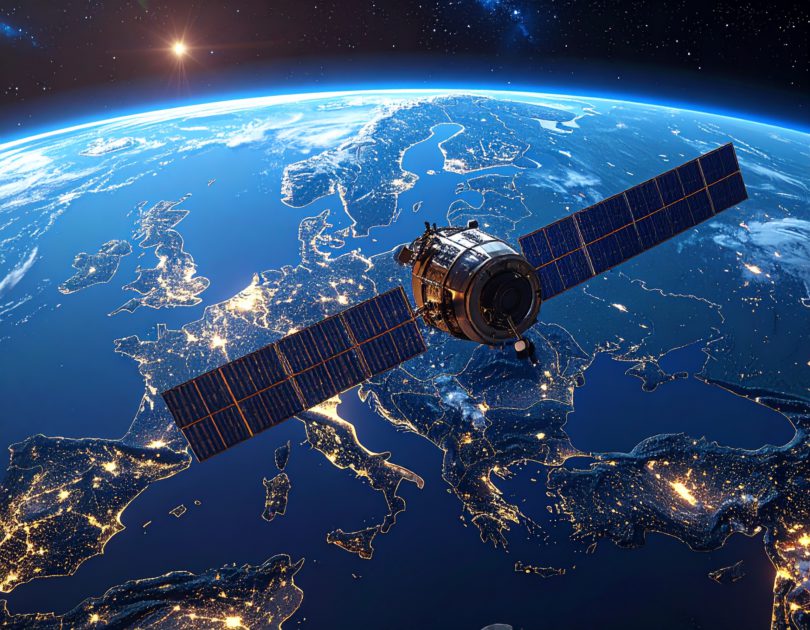Europe’s space industry is on the rise, but it faces a critical challenge: finding commercial buyers for the wealth of data its satellites collect. This tension was a central theme at the 2025 Living Planet Symposium in Vienna, where the European Space Agency (ESA) and industry leaders gathered to discuss the sector’s future.
ESA Director General Josef Aschbacher stressed that Earth observation remains one of the agency’s top priorities. Satellites such as Φsat-2 have already proven their value, supplying detailed imagery for disaster response and environmental monitoring. Yet despite technical achievements, many European startups are struggling to turn those capabilities into profitable businesses.
A Fragmented Market
According to Daniel Smith, the Scottish Government’s Space Trade and Investment Envoy and founder of AstroAgency, the industry suffers from a lack of cohesion. “There’s still too much of a disconnect between launch providers, data companies, and the businesses that could use this information,” Smith told TNW.
This disconnect has left many firms unable to commercialize their products. While ESA has a budget of €7.68 billion for 2025, that figure remains far below NASA’s $25.4 billion. Smith warned that unless European companies can spark demand for downstream services—such as agriculture forecasting or logistics planning—the entire ecosystem, from spaceports to satellite manufacturers, could be at risk.
Some Earth observation companies have already folded, unable to overcome commercialization hurdles. Grants are available from ESA, but proposals often focus on technology development while overlooking how to monetize the results.
Untapped Potential
The irony is that the potential applications for Earth observation data are enormous. Farmers can monitor crop health and soil conditions from orbit. Cities can use satellite insights to plan infrastructure more efficiently. Logistics firms can track supply chains in real time. Even climate markets stand to benefit: UK-based Space Intelligence, for example, uses satellite data to bring transparency and accountability to carbon offset projects.
“The challenge is mindset,” Smith explained. “We need to stop thinking of space data as something abstract. At the end of the day, it’s about solving problems here on Earth.”
Upstream vs. Downstream
The industry divides neatly into two segments. The upstream sector covers the physical infrastructure: rockets, satellites, and ground operations. The downstream sector, by contrast, focuses on services—turning raw satellite data into usable insights. It is in this downstream space where Europe’s opportunity lies, yet also where the most difficulties persist.
Smith noted that many companies remain preoccupied with building satellites or enabling access to data rather than explaining its value to end users. For businesses outside the space bubble, the benefits of satellite insights often seem confusing, costly, or poorly communicated.
Examples of Success
There are, however, success stories. Spire, a company operating one of the largest nano-satellite constellations in low-Earth orbit, has managed to integrate the supply chain by designing, launching, and ultimately selling data. Its services span everything from ship tracking to emissions monitoring, proving that commercial models can work.
Other firms are following suit. Catalyst and Hydrosat are building businesses around innovative downstream services. Hydrosat recently deployed a satellite designed to use thermal imaging and AI to improve food production and resource management. These projects showcase how space data can generate real economic value when paired with creativity and industry-specific know-how.
Often, satellite insights are combined with Internet of Things (IoT) networks or ground-based sensors, creating hybrid systems that make data more actionable. “It’s never just space data,” Smith pointed out. “The trick is integration.”
The Path Forward
If Europe is to make the most of its investment in space, more businesses will need to embrace these possibilities. The satellites are already in orbit, delivering streams of information every day. What remains missing is the commercial uptake.
As Smith concluded: “Satellites are already up there, and more are going up every year. The question is whether enough people on the ground will actually use them.”

